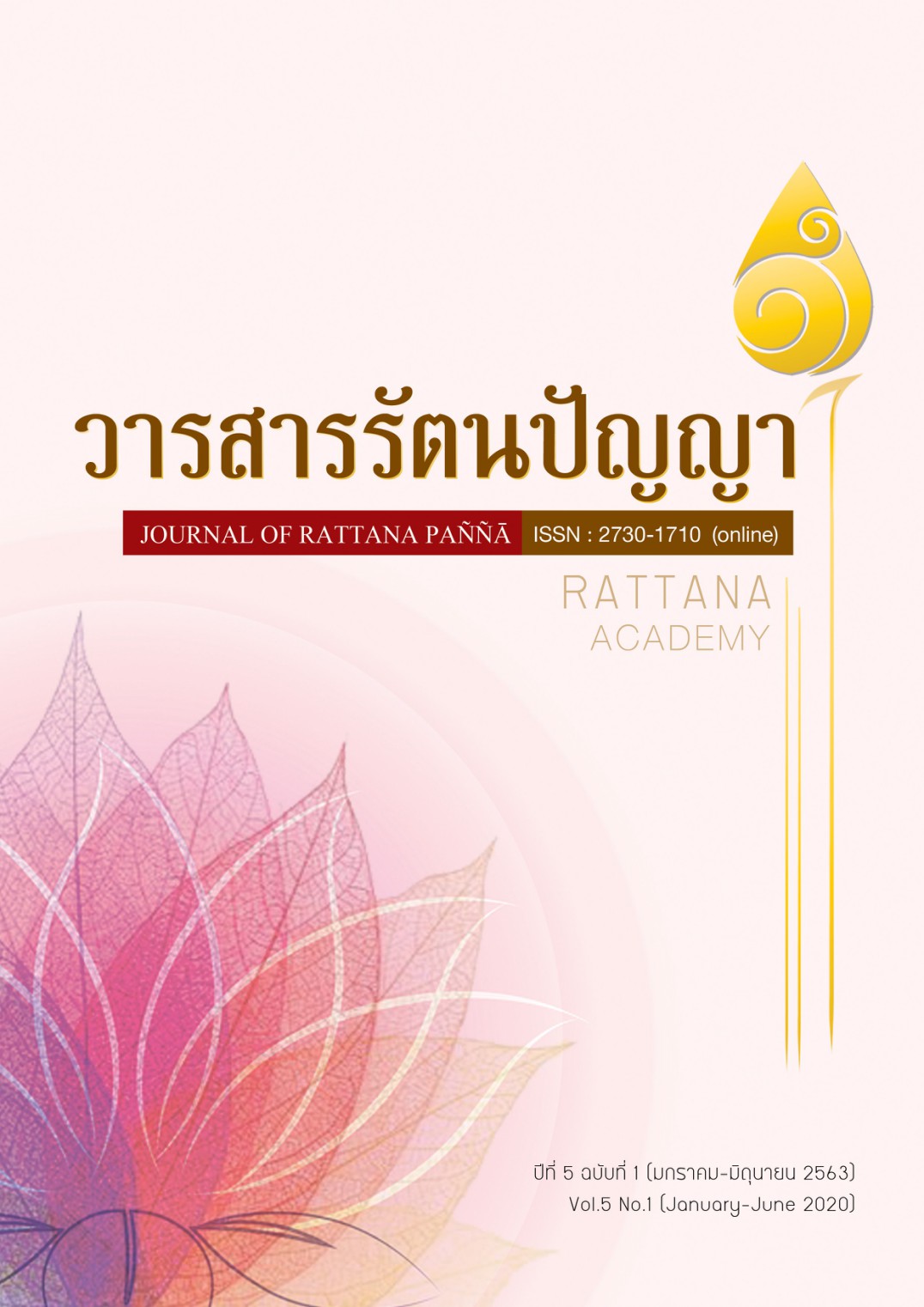Content-based Instructions and effects in teacher training classroom
Main Article Content
Abstract
Content-based instruction (CBI) is believed to be a practical way to make learners study langauge meaningfully as it allows knowledge construction in meaningful way. Students can learn about language in the context of learning through particular topic, so they can cognitively engaged in specific content. This study aimed at investigating the use of Content-based instruction (CBI) in a teacher training classroom. Twenty-eight senior students majoring in teaching English, faculty of Education enrolled in the course called “English for Other Field of Sudy” in academic year 2018. Scientific content was taught by a science teacher before presenting their science experiment regarding Earth Science. English teachers were responsible for languge parts by focusing on oral presentation and writing experimental reports. Focus groups interview was conducted to investigate students’ attitude towards Content-based instruction (CBI). The results showed a positive attitude toward learning through CBI in three aspects of behavioral, cognitive, and emotional.
Article Details
References
Catalán, R. M. J., & Llach, M. P. A. (2017). CLIL or time? Lexical profiles of CLIL and non-CLIL EFL learners. System, 66(1), 87-99.
Darasawang, P., & Watson Todd, R. (2012). The effect of policy on English language teaching at secondary schools in Thailand. In E. Low & A. Hashim (Eds.), English in Southeast Asia: Features, policy and language in use (pp. 207-220). Philadelphia: John Benjamins.
Forman, R. (2014). How local teachers respond to the culture and language of a global English as a foreign language textbook. Language, Culture and Curriculum, 27(1), 72-88.
Goff-Kfouri, C. A. (2013). Pre-service teachers and teacher education. Procedia-Social and Behavioral Sciences, 93(1), 1786-1790.
Ho, D. G. (2012). Focus groups. In C. A. Chapelle (Ed.), The encyclopedia of applied linguistics (pp. 1-7). Hoboken, New Jersey: Wiley-Blackwell.
Karlsson, M., & Sjøvaag, H. (2016). Content analysis and online news: Epistemologies of analysing the ephemeral Web. Digital journalism, 4(1), 177-192.
Lumpkin, A. (2008). Teachers as role models teaching character and moral virtues. Journal of Physical Education, Recreation & Dance, 79(2), 45-50.
MacKinnon, G. (2017). Highlighting the importance of context in the TPACK model: Three cases of non-traditional settings. Issues and Trends in Educational Technology, 5(1), 4-16.
Schepens, A., Aelterman, A., & Vlerick, P. (2009). Student teachers' professional identity formation: between being born as a teacher and becoming one. Educational Studies, 35(4), 361-378.
Stakanova, E., & Tolstikhina, E. (2014). Different approaches to teaching English as a foreign language to young learners. Procedia-Social and Behavioral Sciences, 146(1), 456-460.
Temple, C. A., Ogle, D., Crawford, A. N., & Freppon, P. A. (2017). All children read: Teaching for literacy in today's diverse classrooms. Boston: Pearson.
Winke, P. (2017). Using focus groups to investigate study abroad theories and practice. System, 71(1), 73-83.
Wongwanich, S., Sakolrak, S., & Piromsombat, C. (2014). Needs for Thai teachers to become a reflective teacher: Mixed methods needs assessment research. Procedia-Social and Behavioral Sciences, 116(1), 1645-1650.


